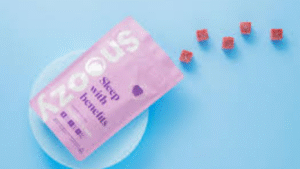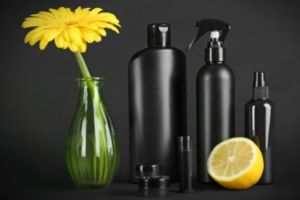Origins of Mizukando: A Historical Journey
Mizukando’s roots are deeply embedded in ancient Japanese art, particularly from the Heian period (794-1185), where water was a key element in garden and architectural designs. As centuries passed, this aesthetic appreciation of water evolved into Mizukando, blending natural elements with intricate craftsmanship.
Spiritual Foundations: Shinto and Zen Buddhism’s Impact
Shintoism’s reverence for nature and Zen Buddhism’s simplicity both influenced Mizukando’s spiritual and artistic direction. The philosophies behind these religions shaped Mizukando’s minimalist design, encouraging mindfulness and harmony with natural elements like water.
The Art of Mizukando: Crafting Fluidity and Simplicity
The meticulous art of involves https://ventstech.com/ integrating water elements—often through reflections or patterns—using traditional materials such as wood and bamboo. Although deeply traditional, has evolved with modern innovations, including glass, metal, and even technological elements like LED lighting.
Mizukando’s Cultural Significance and Impermanence
This art form embodies the Japanese concept of “mono no aware,” or the beauty in fleeting moments. By reflecting the transience of life, offers viewers an opportunity to appreciate the present, symbolized through its water elements and minimalist designs.
Influence on Architecture and Modern Design
Mizukndo is more than art—it has shaped Japanese architecture and design for centuries, appearing in everything from traditional gardens to contemporary structures. Its water elements and serene aesthetics make it a staple in teahouses, modern buildings, and gardens.
Global Reach and Modern Influence
has expanded beyond Japan, inspiring Western designers, architects, and artists. Its biophilic approach, integrating nature into constructed environments, has made it a popular influence in international architecture.
Future of : Bridging Cultures
As continues to evolve globally, its combination of nature, minimalism, and spiritual reflection will likely continue inspiring new generations of artists and architects. Its legacy lies in its ability to blend traditional craftsmanship with modern innovation.
FAQs About Mizukando
- What makes unique?
emphasizes water and fluid designs, creating emotional and visual harmony. - Can Mizukando be used in modern homes?
Yes, Mizukando elements, like water features and reflective surfaces, fit beautifully into contemporary spaces. - Is practiced outside Japan?
is growing in popularity worldwide, particularly in architecture and design. - Where can I learn more about ?
Japanese museums, cultural exhibitions, and workshops offer insights into this art form. - What materials are used in ?
Traditional materials include wood, bamboo, and washi paper, alongside modern elements like glass and acrylics.
Conclusion: Mizukando’s Everlasting Appeal
Mizukando, steeped in tradition and inspired by nature, stands as a timeless art form that continues to influence design worldwide. Its legacy will endure through its spiritual connection to nature, adaptability to modern design, and cultural significance.













Post Comment